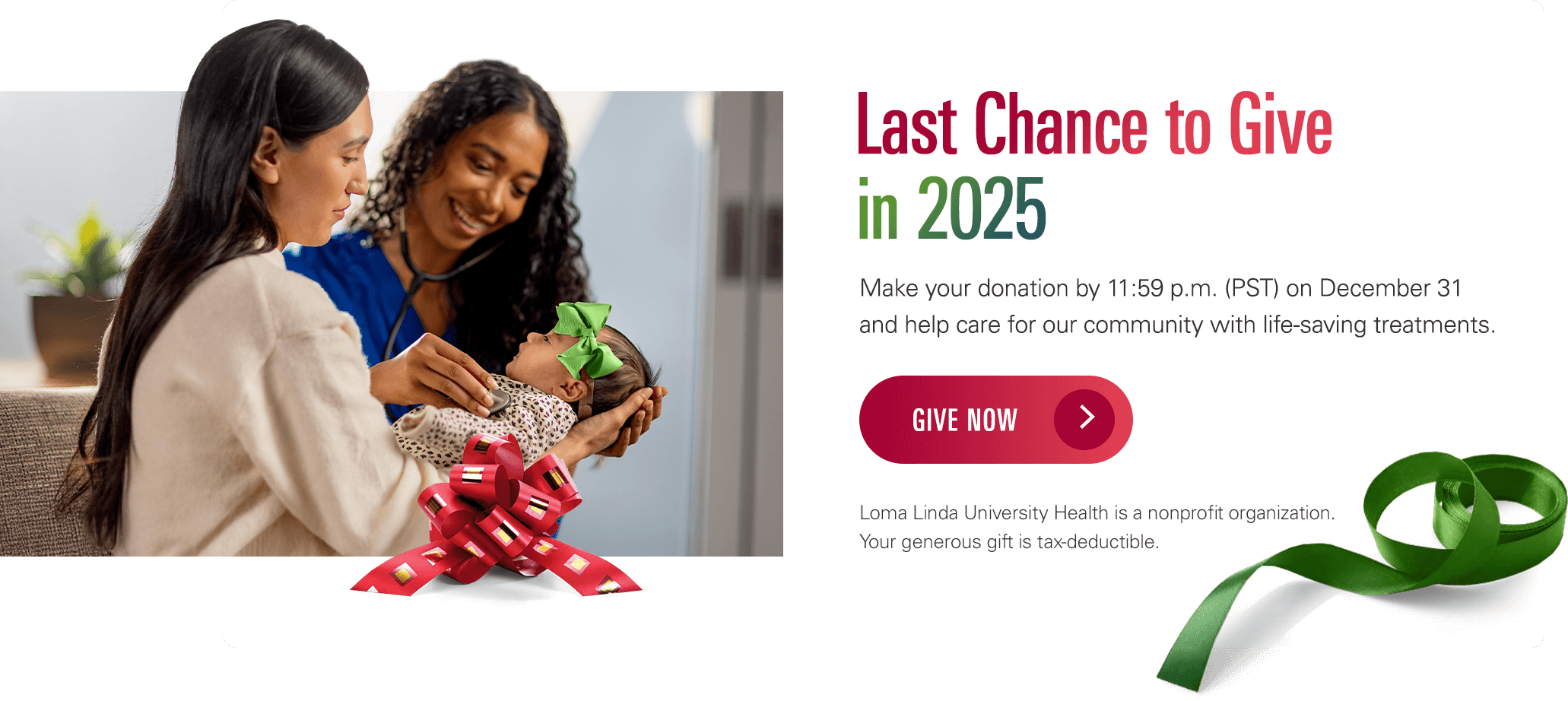Prerequisites
Students from outside of Loma Linda University must enroll through VSAS.
Duration
Four weeks. Though two or three week electives are available, a four week elective rotation is optimal.
Locations
Loma Linda University Medical Center
Riverside University Health Systems
Description
Each elective student will participate in the education activities of the plastic surgery department including the following weekly conferences:
- Grand rounds
- Resident education conferences/journal club
- Plastic surgery integrated care conference (which focuses on psychosocial needs of hospitalized plastic surgery patients and their families).
- Nasoendoscopy conference
Goals
- Introduce the student to the overall breadth and variety of plastic and reconstructive surgery.
- Introduce the students to reconstructive "mind-set" and approach to patients.
- Offer students information on plastic and reconstructive surgery as a prospective career.
- Impart information to the students to assist them in passing the USMLE Step II examinations.
Objectives
- Wound healing
- Craniomaxillofacial surgery including
- Congenital craniofacial surgery
- Maxillofacial trauma
- Hand surgery
- Congenital
- Acute trauma
- Chronic and degenerative conditions
- Specific skills to be addressed during the ambulatory week include:
- Review of basic suture materials and techniques
- Hand examination skills
- Observation and understanding of the multidisciplinary management and appropriate referral of craniofacial anomalies.
Means of Implementation
Each senior elective student will be assigned to a rotating schedule involving a attendance at one of the two major hospitals that participate in the Loma Linda University plastic surgery residency training program. At each institution a different weekly schedule may be observed.
Specific teaching materials will be made available to each student. These will include:
- A book published by the Plastic Surgery Educational Foundation entitled Plastic and Reconstructive Surgery Essentials. This will cover the essential elements described above and other areas of emphasis in plastic and reconstructive surgery at the student level.
- Audiovisual materials including: "Hand Anatomy and Examination," "Basic Techniques in Wound Closure," and a descriptive video on the spectrum of plastic and reconstructive surgery practice and careers in plastic and reconstructive surgery.
- Handouts emphasizing various areas of subspecialty interest.
In addition, students will be given a list of reading selections relevant to plastic and reconstructive surgery, in the textbooks most widely used by junior and senior students.
- Current Surgical Diagnosis and Treatment, edition 10, (ed). Lawrence Way MD, FAGS, Lange Medical Publications.
- Essentials of Sub-Specialty Surgery/Essentials of Surgical Sub-specialties, (ed). Peter Lawrence, MD, FACS, William's and Wilkens.
Senior elective students will not be assigned call responsibility on a routine basis but may be asked to be prepared to be called in for interesting cases. Their own schedule will be separate from junior students who are on the plastic and reconstructive surgery rotation for their ambulatory specialty weeks. Elective students will also have access to the Plastic and Reconstructive Surgery Resource Center at the Loma Linda University Medical Center.
Assessment of Student
Visiting students will participate in a formal multiple choice quiz which is reviewed in an open book/discussion format with the plastic surgery chief resident. At the end of the elective rotation, all attending physicians who have participated with the elective student will provide composite evaluation of the student as per the plastic surgery elective evaluation form and a composite letter addressing their performance will be written.









